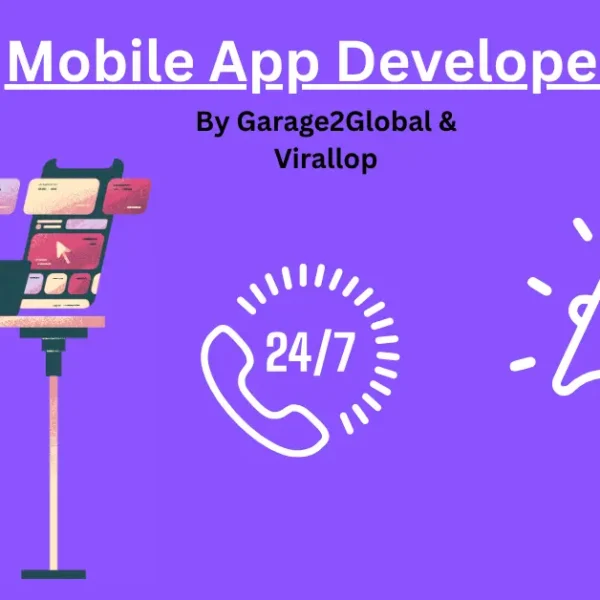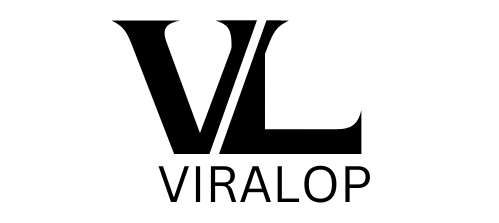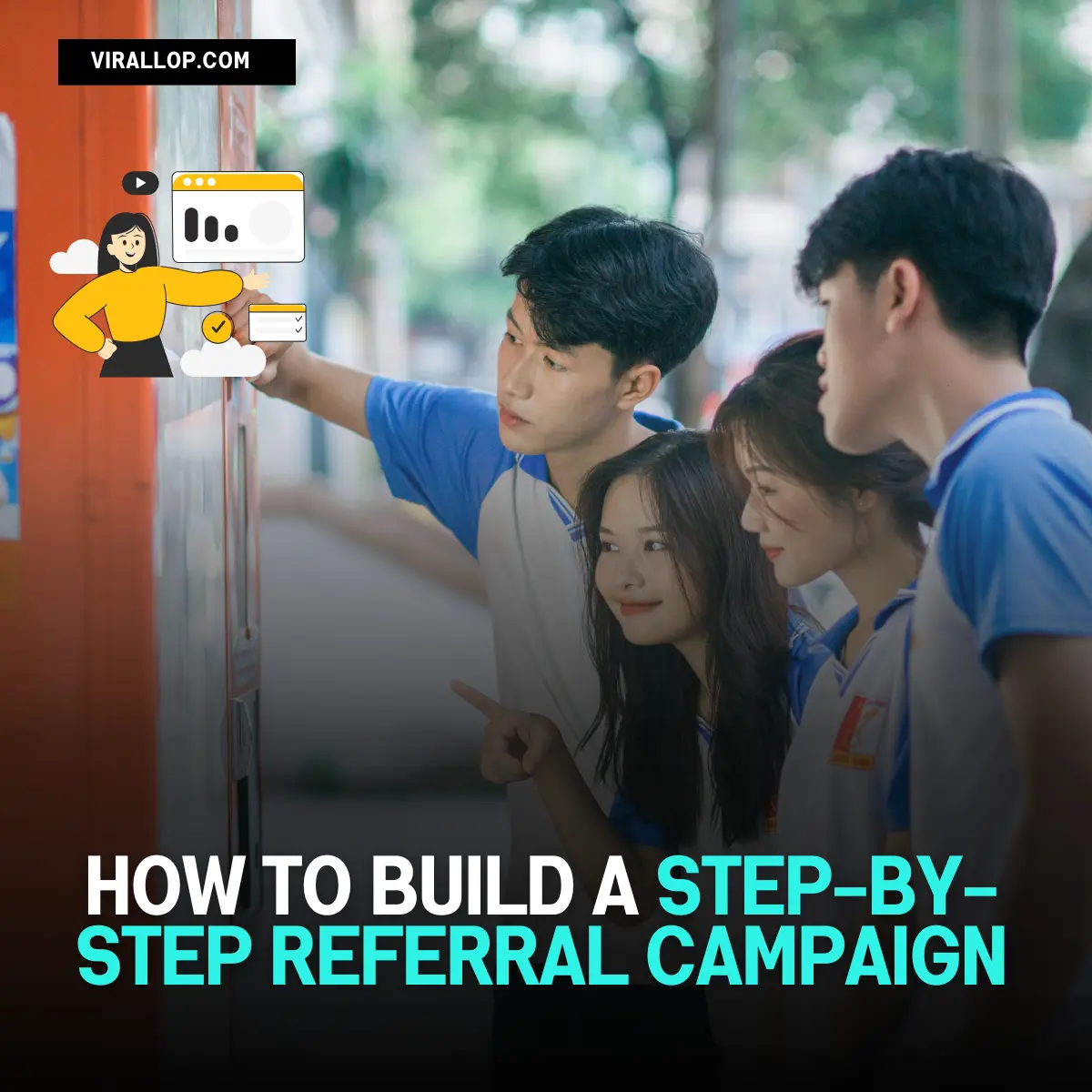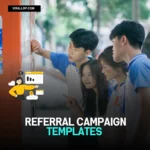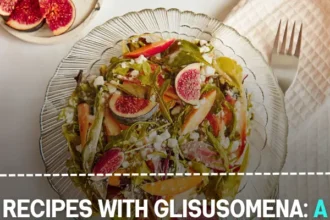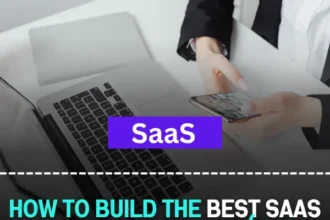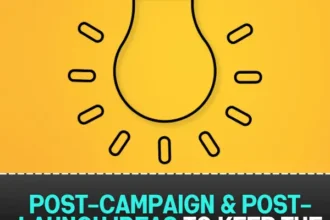Referral marketing is more than just “give $10, get $10.” It’s about turning your best customers into your most powerful acquisition channel.
But not every business is in the same place.
Whether you’re just launching, hitting product-market fit, or scaling fast — your referral campaign should match your stage.
Let’s break it down into three tiers:
🛠️ Stage 1: New Business (0–1)
You’re just starting out. Your goal? Awareness, traction, and proof that people love your offer.
Step-by-Step for New Businesses
- Define Your Core Offer
- What are you offering and why would someone refer it?
- Make sure you’ve nailed the basics: value prop, onboarding, and user satisfaction.
- Choose a Simple Reward
- Cash might not be ideal early on. Instead:
- Discount codes
- Bonus access
- Freebies (free month, free product sample)
- Cash might not be ideal early on. Instead:
- Use Low-Code Tools
- Start with something lightweight like:
- ReferralHero
- GrowSurf
- Typeform + Zapier + Google Sheets (if bootstrapping)
- Start with something lightweight like:
- Create Shareable Assets
- Personalized referral links
- Pre-written email/SMS/social copy
- Clear call-to-action like: “Refer a friend and unlock a free gift!”
- Add Referral Triggers
- Ask for referrals at the happiest moment:
- After a successful order
- After a great review
- Right after onboarding
- Ask for referrals at the happiest moment:
- Track & Learn
- Use UTMs or built-in analytics
- Find what wording, timing, and rewards convert
🔁 Quick Example:
A small skincare startup offers: “Refer a friend, and you both get 20% off your next purchase.” They set it up using Mailchimp + Google Forms + a landing page.
🚀 Stage 2: Mid-Stage Business (Scaling)
You have traction, a loyal base, and some predictable revenue. Now it’s time to optimize and scale referrals.
Step-by-Step for Mid-Stage Companies
- Segment Your Audience
- Focus on your most engaged users or power customers (NPS > 8)
- Build tiers (ambassadors, influencers, casual users)
- Launch a Double-Sided Program
- Why? It motivates both sides.
- Examples:
- “Give $10, Get $10”
- “Get 1 free month when a friend signs up”
- Integrate Natively
- Add referral sharing to your app, dashboard, or thank-you pages
- Use tools like Viral Loops, ReferralCandy, or InviteReferrals
- Gamify It
- Add progress bars (“Invite 3 more friends to unlock your reward”)
- Offer milestone rewards (1 invite = sticker, 5 = shirt, 10 = VIP tier)
- Automate Your Funnels
- Use email automation: Klaviyo, HubSpot, Mailchimp
- Drip campaigns reminding users to share
- A/B Test & Optimize
- Test:
- CTA copy
- Reward amounts
- Referral placement (homepage vs checkout vs user dashboard)
- Test:
📈 Quick Example:
A DTC coffee brand sets up: “Invite 5 friends, earn a free bag of beans.” They use ReferralCandy to automate tracking and Klaviyo to send personalized nudges.
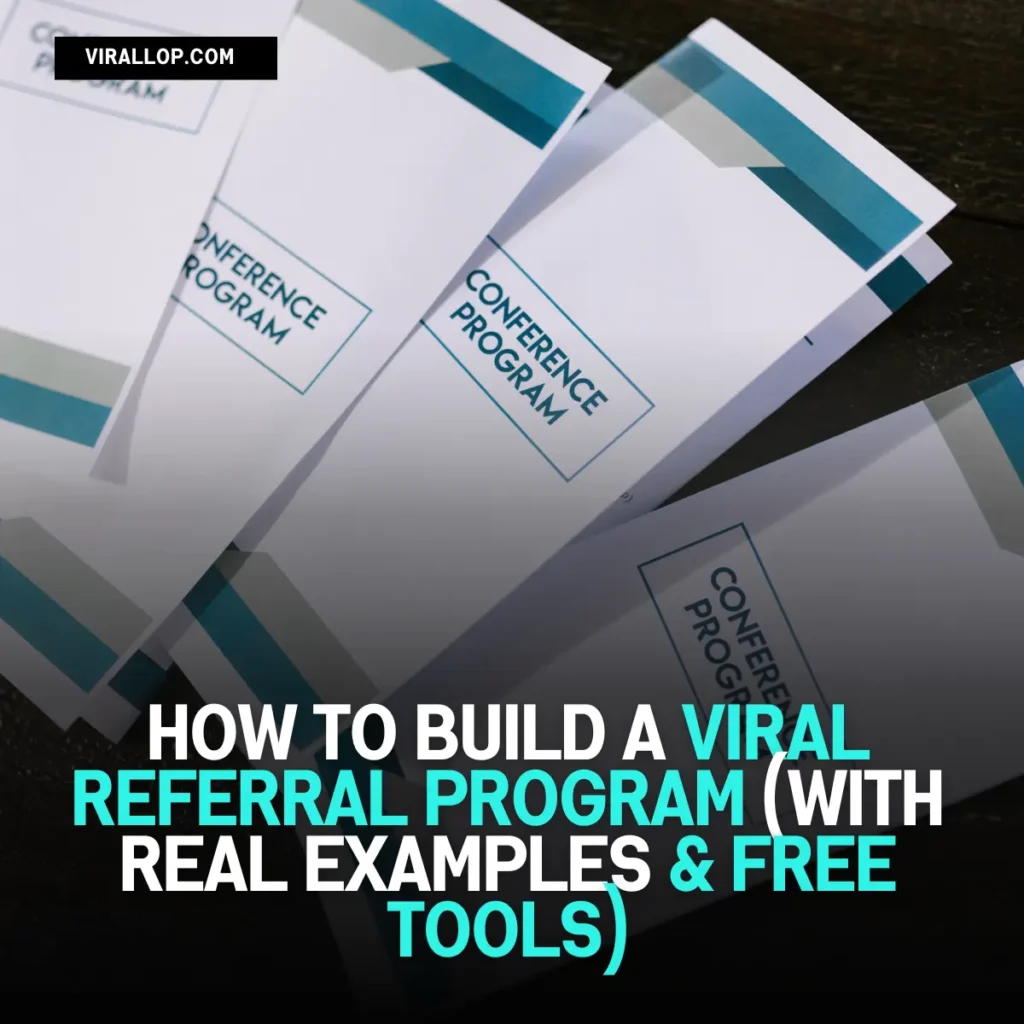
🏢 Stage 3: Established Business (Enterprise or High-Growth Scale-Ups)
You’ve got serious volume. It’s time to make referrals a strategic acquisition channel.
Step-by-Step for Established Businesses
- Set KPIs & Revenue Goals
- Set referral campaign KPIs: CPA, CAC via referrals, LTV of referred users
- Know your viral coefficient (K-factor)
- Custom-Built or Deep API Integration
- At this level, off-the-shelf tools might not cut it
- Consider custom development or tools like Talon.One or Mention Me
- Launch Tiered Ambassador Programs
- Think: Bronze, Silver, Gold tiers based on referral count
- Offer exclusive rewards like early access, VIP features, or affiliate payouts
- Involve Sales, CS & Influencers
- Sales teams can seed referrals
- Customer success teams can personally ask top customers
- Partner with influencers through unique tracking links
- Attribution & Fraud Detection
- Protect the integrity of your program:
- Device fingerprinting
- Referral fraud prevention
- Coupon stacking rules
- Protect the integrity of your program:
- Referral as a Product Feature
- Make referrals part of your user journey—like Dropbox did with storage, or PayPal with signup bonuses
- Use gamification, push notifications, and in-app modals
🧠 Pro Example:
A SaaS company integrates a referral program directly into its billing dashboard. For every referral, both users get $50 off their next invoice. They use Segment + Talon.One for attribution and automation.
✅ Final Tips (Applies to All Stages)
- Timing is everything — Ask for referrals after a positive user experience
- Keep rewards aligned with your product — Give what users actually want
- Make it dead simple — Fewer clicks = more shares
- Always test & improve — Your first campaign won’t be your best
Latest Posts
- Get Started with Garage2Global | Boost Your Business Today
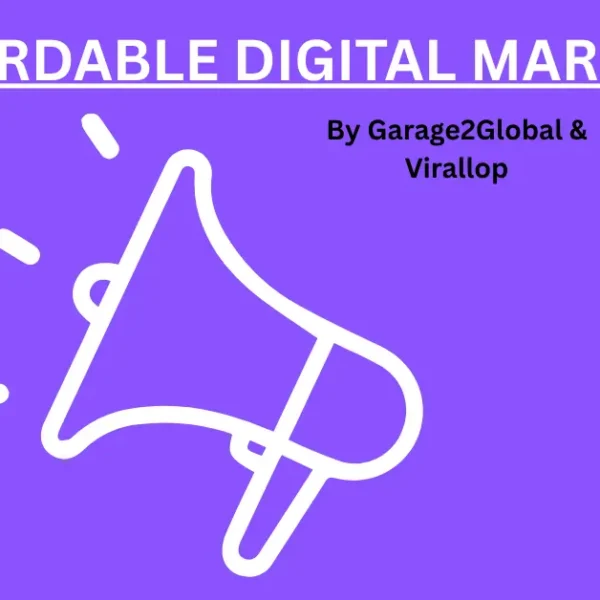
- Custom Website Design by Garage2Global | Professional Web Development
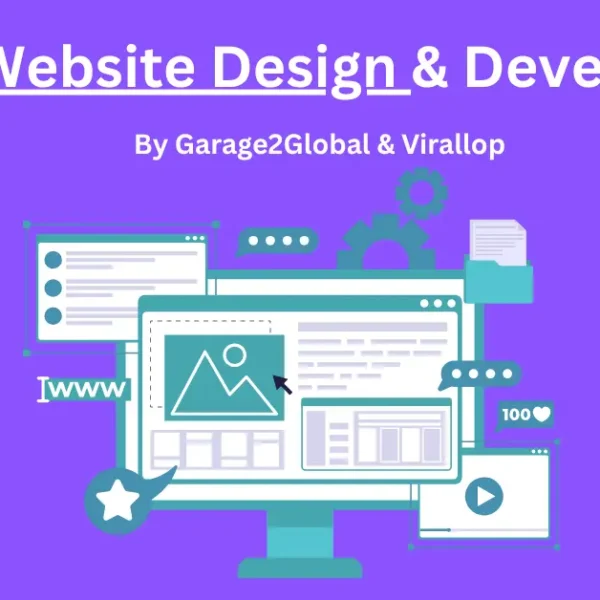
- 24/7 Call Center Services by Garage2Global | Exceptional Customer Support
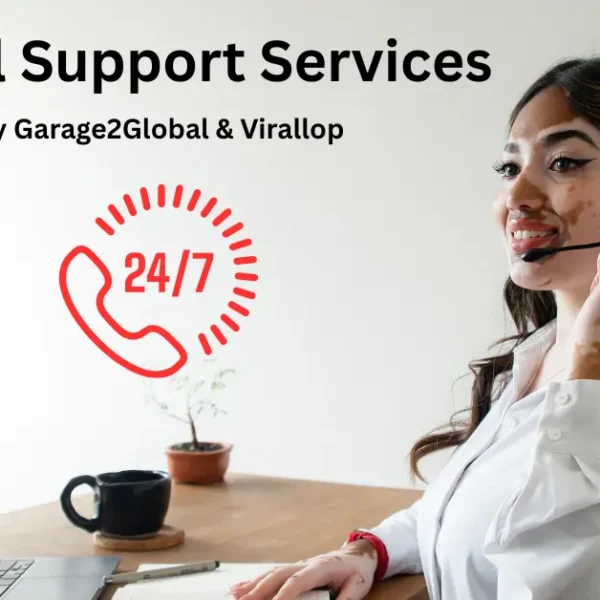
- Grow Your Business Online with Garage2Global | Increase Sales Fast
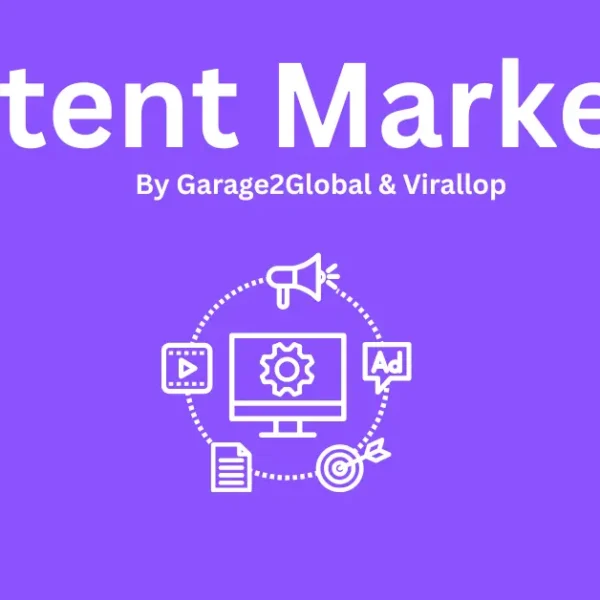
- Mobile App Developers at Garage2Global | iOS & Cross-Platform Expert
